Key Takeaways:
- The Schlumbergera or Christmas Cactus is native to coastal mountains of Brazil and was discovered in the early 1800s.
- The plant has unique characteristics such as blooming during the winter months and storing water in its segmented stems.
- It faces threats from climate change, habitat loss, and illegal collection and trade.
- Conservation efforts by botanical gardens and collaboration between organizations and communities are helping preserve the species.
- It plays a vital role as a keystone species in ecosystems and has cultural and medicinal significance.
- Studyingit can provide insights into adaptation to changing environments and inform conservation strategies.
The Origins and Natural Habitat of the Christmas Cactus
The Christmas Cactus, also known as Schlumbergera or Thanksgiving Cactus, is a unique and beautiful plant that is native to the coastal mountains of Brazil. It was first discovered in the early 1800s by a botanist named Allan Cunningham during his expedition to South America. Cunningham was captivated by the vibrant blooms and unusual growth pattern of the Christmas Cactus, and he brought samples back to Europe for further study.
The Intriguing Discovery of the Christmas Cactus
The discovery of the Schlumbergera was a significant moment in botanical history. Cunningham’s findings opened up a whole new world of possibilities for plant enthusiasts and researchers. The distinct characteristics of the Christmas Cactus, such as the ability to bloom during the holiday season, sparked curiosity and fascination among botanists around the world.
Over the years, researchers have unraveled the secrets of the Christmas Cactus, studying its genetics and understanding the processes that enable it to thrive in its natural habitat. This valuable information has helped in the conservation efforts of this remarkable plant.
The Unique Characteristics
One of the most striking features of the Christmas Cactus is its ability to bloom during the winter months when most other plants are dormant. This unique characteristic has made it a popular choice as a festive decoration during the holiday season.
The Christmas Cactus has flat, segmented stems that resemble leaves. These stems are adapted to store water, allowing the plant to survive in dry conditions. The ends of the stems bear beautiful, brightly colored flowers, usually in shades of pink, red, or white. The flowers bloom in response to a combination of factors, including the length of daylight and temperature fluctuations.
The Native Environment
The Schlumbergera is native to the coastal mountains of Brazil, where it grows in the shady understory of the rainforest. It thrives in a subtropical climate with moderate temperatures and high humidity. The plant is often found growing on rocks or in the crevices of trees, utilizing natural support structures to expand its reach.
In its native habitat, the Christmas Cactus plays an important role in the ecosystem. It provides food and shelter for a variety of animals, including birds, insects, and small mammals. The plant’s flowers attract pollinators, such as bees and butterflies, which help in the reproduction of other plant species in the area.
The Threats Faced by the Christmas Cactus
Despite its natural resilience and adaptability, the Schlumbergera is facing numerous threats that endanger its survival in the wild. These threats include climate change, habitat loss, and illegal collection and trade.
The Impact of Climate Change
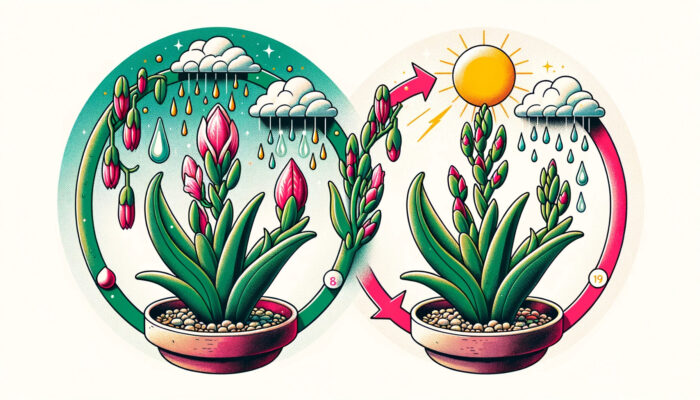
Climate change is one of the most pressing issues facing our planet today, and its effects are being felt by plants and animals worldwide. The Schlumbergera is no exception. Rising temperatures and changes in rainfall patterns can disrupt the delicate balance of the plant’s natural habitat, making it difficult for the species to survive.
The Christmas Cactus relies on specific cues, such as temperature fluctuations, to trigger its bloom. With climate change altering these patterns, the plant may struggle to reproduce and maintain its population. Additionally, increased droughts can lead to water scarcity, affecting the plant’s ability to store water in its stems and survive during dry periods.
The Menace of Habitat Loss
Habitat loss is another significant threat to the Schlumbergera. Deforestation, urbanization, and the expansion of agriculture are destroying the plant’s natural habitat at an alarming rate. As the rainforest is cleared for human development, the Christmas Cactus loses the shady understory and suitable growing conditions it depends on for survival.
Furthermore, the destruction of the plant’s habitat disrupts the delicate ecological balance, affecting other plant and animal species that rely on the Christmas Cactus for food and shelter. The loss of these interactions can have far-reaching consequences for the overall health of the ecosystem.
The Troublesome Issue of Illegal Collection and Trade
The beauty and popularity of the Christmas Cactus have unfortunately made it a target for illegal collection and trade. The plant is often poached from its natural habitat and sold in the black market, both domestically and internationally.
This illegal trade not only threatens the survival of the Christmas Cactus but also contributes to the overall decline of biodiversity. The removal of these plants from their natural environment disrupts the delicate balance of the ecosystem and can lead to the extinction of other plant and animal species.
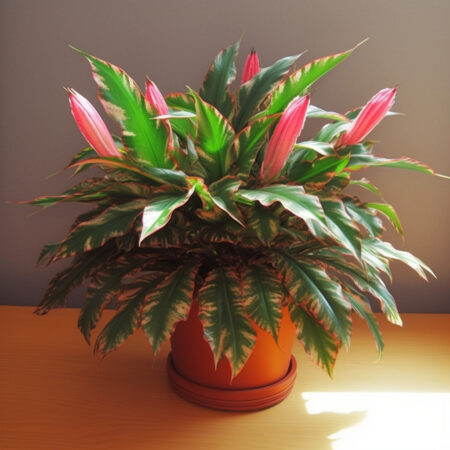
Conservation Efforts to Preserve the Schlumbergera
Recognizing the urgent need to protect the Christmas Cactus, conservation efforts have been initiated by various organizations and institutions.
The Role of Botanical Gardens in Christmas Cactus Conservation
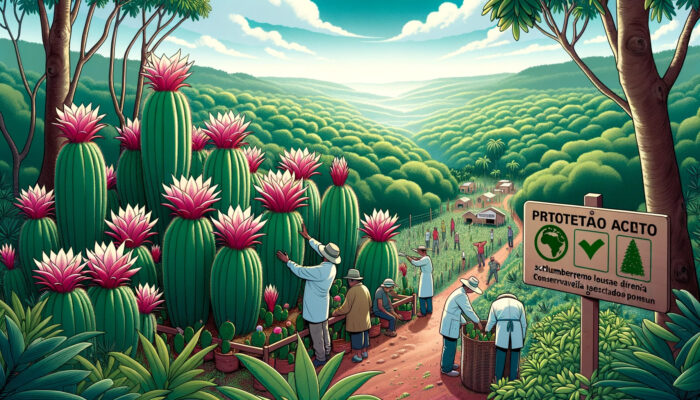
Botanical gardens around the world play a crucial role in the conservation of plant species, including the Schlumbergera. These gardens serve as living museums, housing a diverse collection of plants for research, education, and conservation purposes.
Many botanical gardens have established dedicated conservation programs for endangered plant species, including the Schlumbergera. These programs focus on preserving genetic diversity, promoting research, and raising awareness about the importance of plant conservation.
The Collaborative Initiatives of Conservation Organizations

Conservation organizations, both local and international, are working together to protect the Christmas Cactus and other endangered plant species. These organizations collaborate with local communities, governments, and scientists to develop comprehensive conservation strategies.
Community engagement and education are key components of these initiatives. By involving local communities in the conservation efforts, organizations can generate support and create a sense of ownership for preserving the Christmas Cactus and its habitat.
The Successful Stories of Conservation Projects
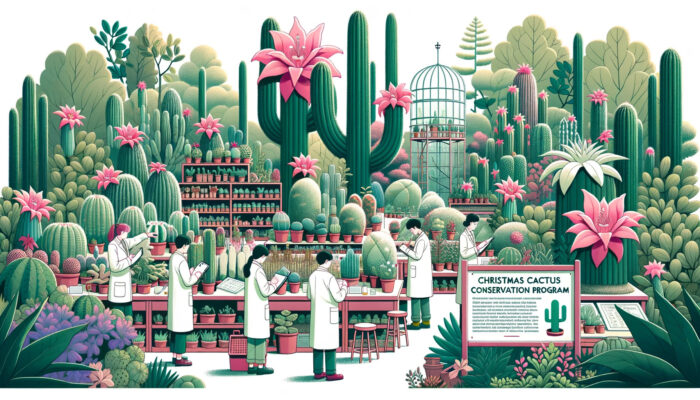
There have been successful stories of Schlumbergera conservation projects that provide hope for the future of this unique plant. One such example is the establishment of protected areas in Brazil, where the Christmas Cactus is found in its natural habitat.
These protected areas restrict human activities, such as deforestation and illegal collection, allowing the plant to thrive undisturbed. The collaboration between local communities, governments, and conservation organizations has been instrumental in the success of these projects.
The Importance of the Christmas Cactus in Ecosystems and Beyond
The Christmas Cactus is not just a beautiful plant; it plays a vital role in ecosystems and has significant cultural and medicinal value.
The Schlumbergera as a Keystone Species
A keystone species is a plant or animal that has a disproportionately large impact on its ecosystem. The removal of a keystone species can have cascading effects on the entire ecosystem. The Christmas Cactus, with its ability to provide food and shelter for various animals, is considered a keystone species in its native habitat.
The plant’s flowers attract pollinators, which facilitate the reproduction of other plant species in the area. The fruits of the Christmas Cactus are also a source of food for birds and mammals. Without the presence of the Christmas Cactus, these interactions would be disrupted, resulting in a decline in biodiversity.
The Medicinal and Cultural Significance
The Christmas Cactus has been used for centuries by indigenous communities for its medicinal properties. It is believed to have anti-inflammatory and analgesic effects, making it valuable in traditional medicine practices.
Additionally, the Christmas Cactus has cultural significance in many societies. It is often used as a symbol of the holiday season and is incorporated into religious celebrations and rituals. Preserving the Christmas Cactus is not only vital for its ecological role but also for its cultural heritage.
The Potential Benefits of Studying
Studying the Schlumbergera can provide valuable insights into plant physiology, reproductive strategies, and adaptation to changing environments. The plant’s ability to bloom during the winter months and its resilience in the face of habitat loss and climate change make it a fascinating subject for scientific research.
Understanding the mechanisms behind the Schlumbergera’s survival can help inform conservation strategies for other plant species facing similar threats. The knowledge gained from studying the Christmas Cactus can contribute to broader efforts to protect and preserve biodiversity worldwide.
In conclusion, the Schlumbergera is a remarkable plant with a fascinating history and important ecological and cultural significance. However, it faces numerous threats that endanger its survival. Through conservation efforts, such as those undertaken by botanical gardens, conservation organizations, and protected areas, there is hope for the preservation of this beautiful species. By recognizing the value of the Christmas Cactus and the role it plays in ecosystems, we can work towards a future where this unique plant thrives in its natural habitat.
FAQ
Question: Does the Christmas Cactus bloom only during the holiday season?
Answer: No, It is capable of blooming during the winter months when most other plants are dormant.
Question: What role does the Christmas Cactus play in ecosystems?
Answer: It is considered a keystone species as it provides food and shelter for various animals, and its flowers attract pollinators that aid in the reproduction of other plant species.
Question: How does climate change affect the Christmas Cactus?
Answer: Rising temperatures and changes in rainfall patterns can disrupt the plant’s ability to bloom and reproduce, while increased droughts can impact its water storage and survival during dry periods.
Question: What are the threats faced by the Schlumbergera?
Answer: It faces threats from climate change, habitat loss due to deforestation and urbanization, and illegal collection and trade.
Question: What conservation efforts are being made for the Schlumbergera?
Answer: Conservation efforts include dedicated programs in botanical gardens, collaborative initiatives by organizations and communities, and the establishment of protected areas where the plant is found in its natural habitat.
Question: What is the cultural significance of the Christmas Cactus?
Answer: It is often used as a symbol of the holiday season and has cultural significance in many societies.
Question: Can the Christmas Cactus be used for medicinal purposes?
Answer: Yes, It has been used in traditional medicine practices due to its believed anti-inflammatory and analgesic effects.
Question: How can studying the Christmas Cactus inform conservation strategies?
Answer: Studying It can provide insights into plant physiology, reproductive strategies, and adaptation to changing environments, which can help inform conservation strategies for other plant species facing similar threats.

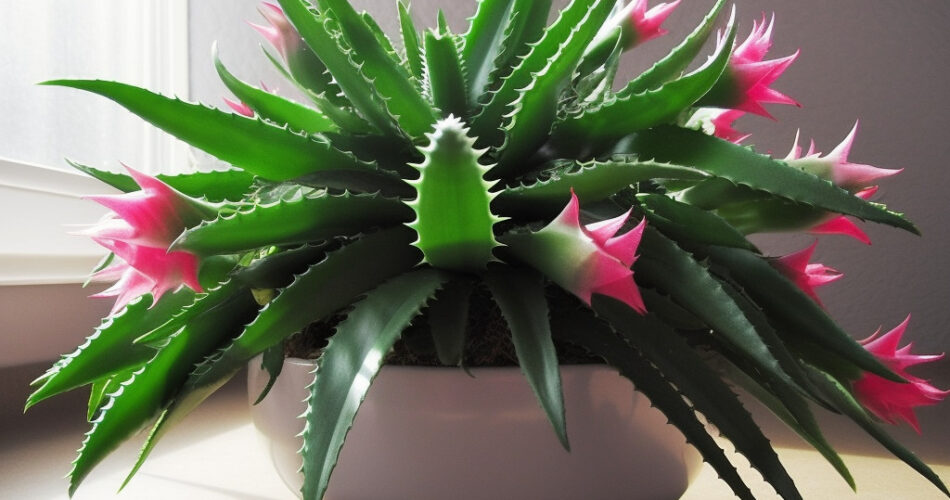


Comments